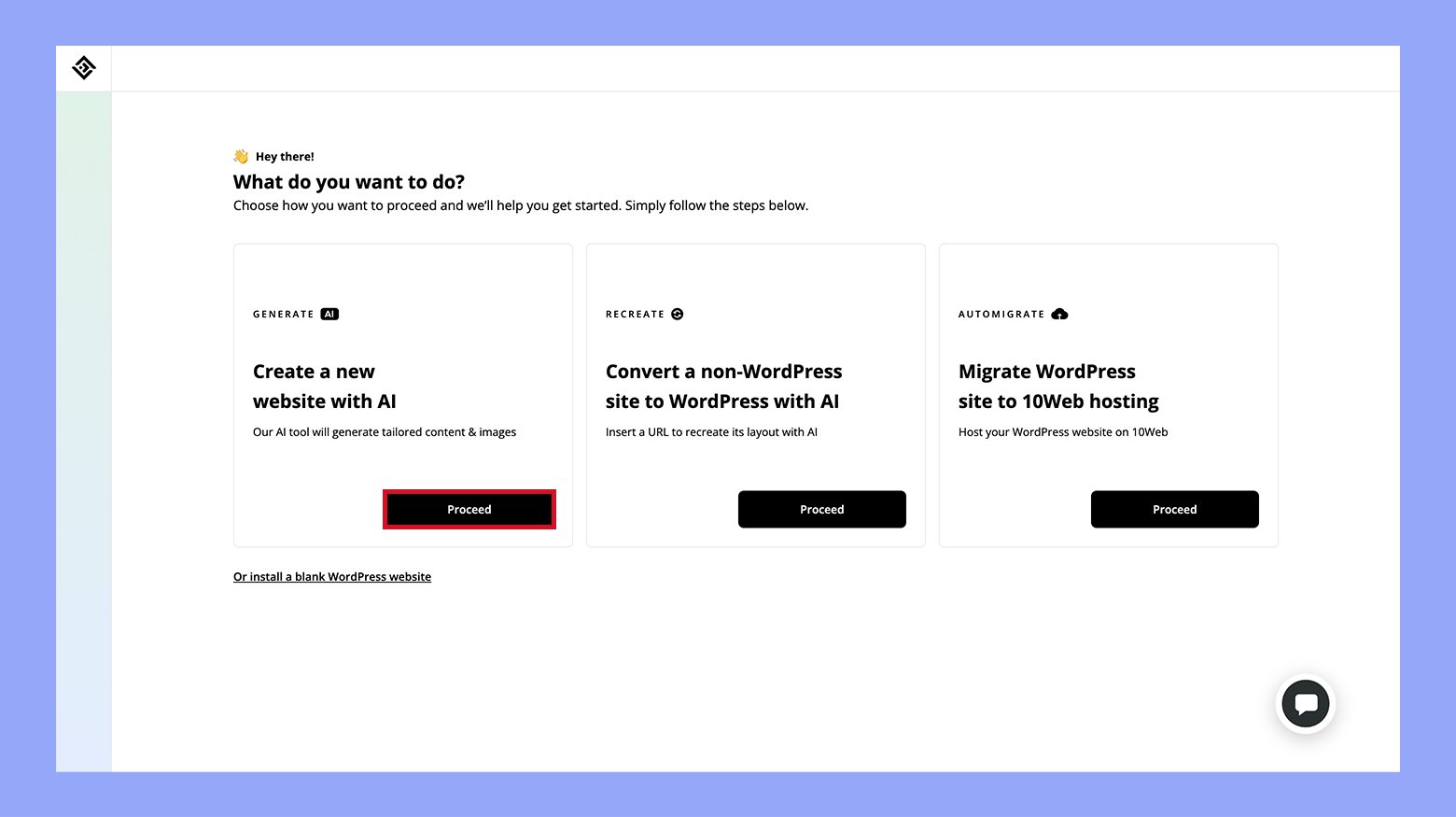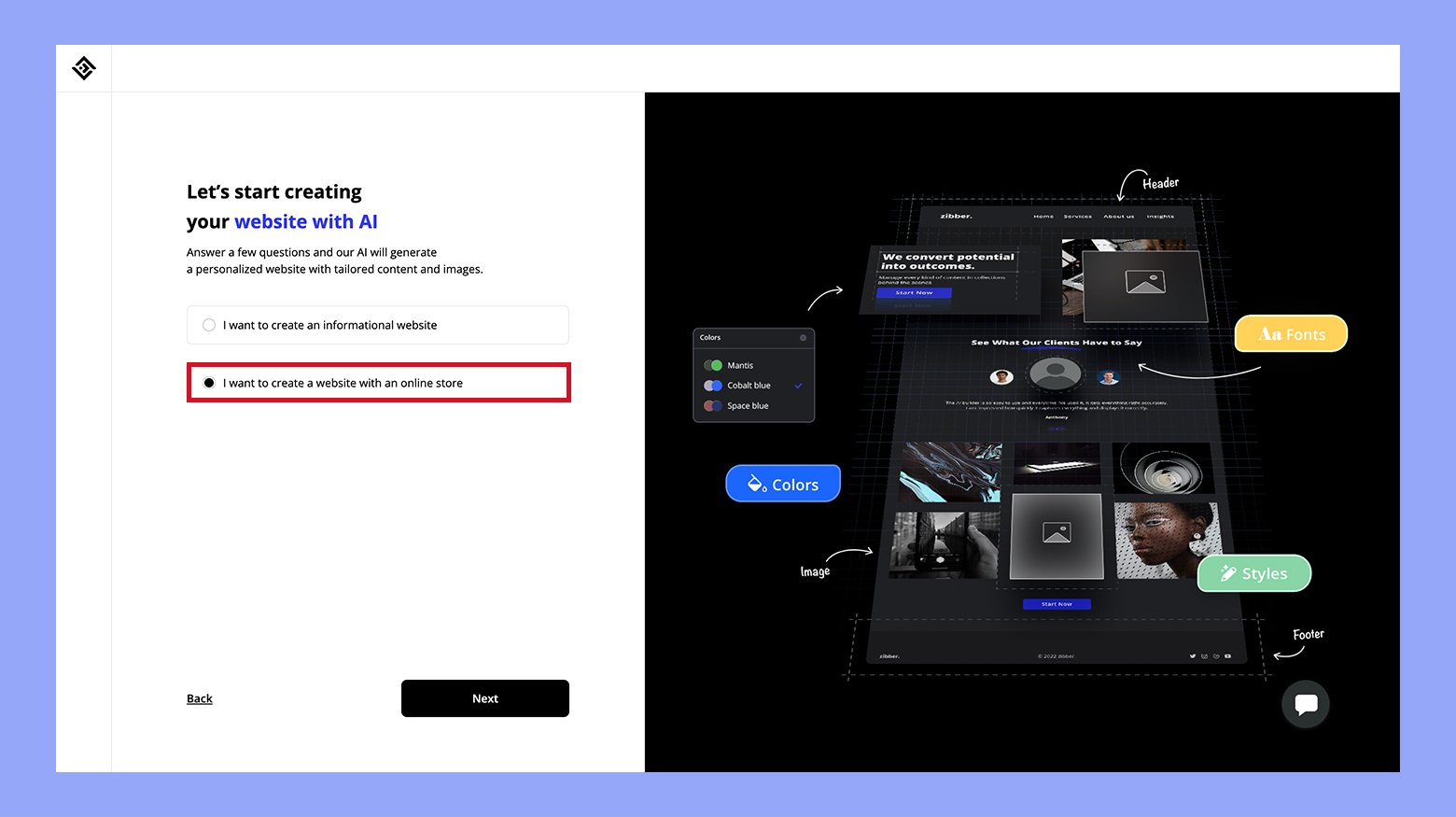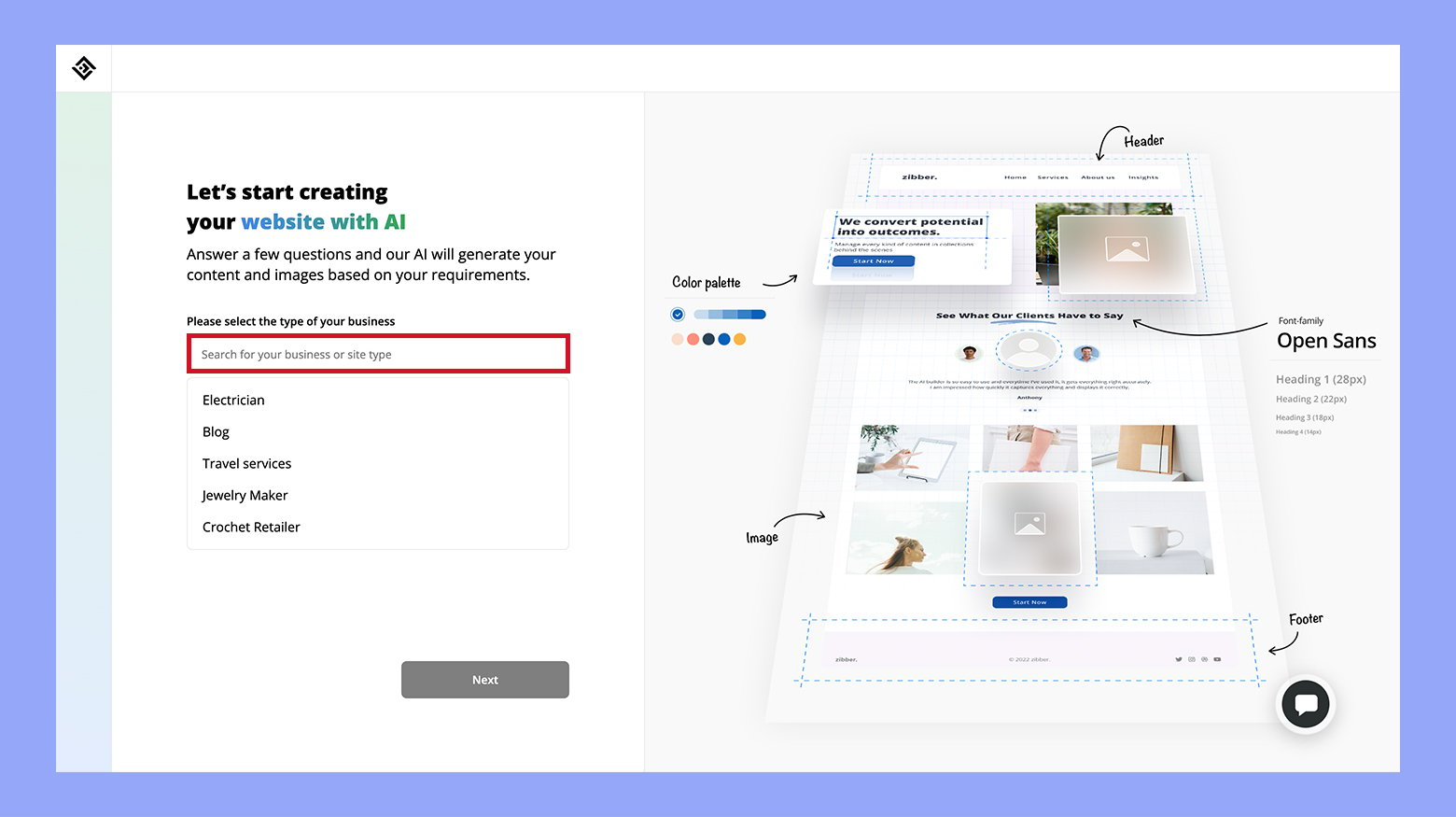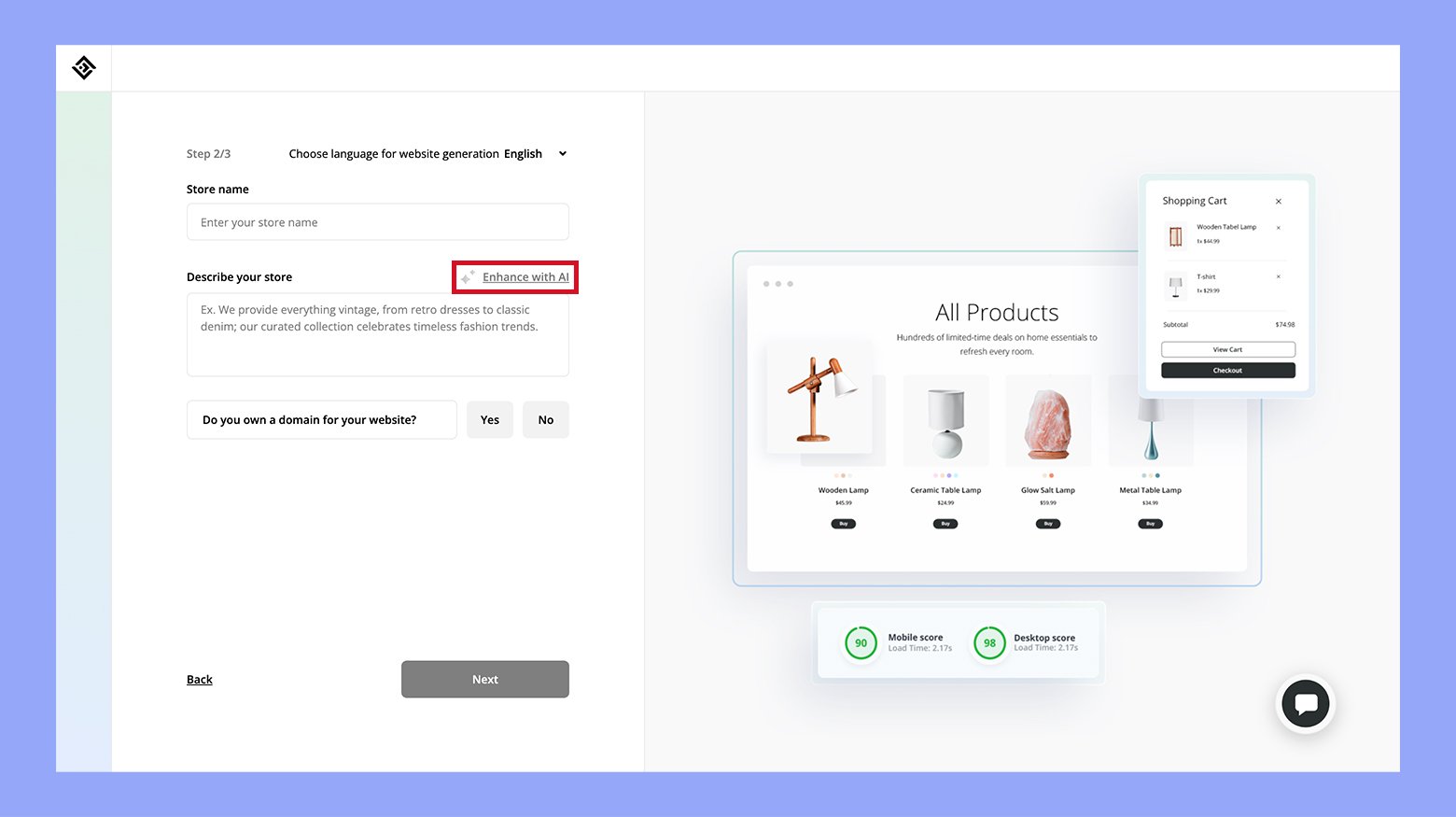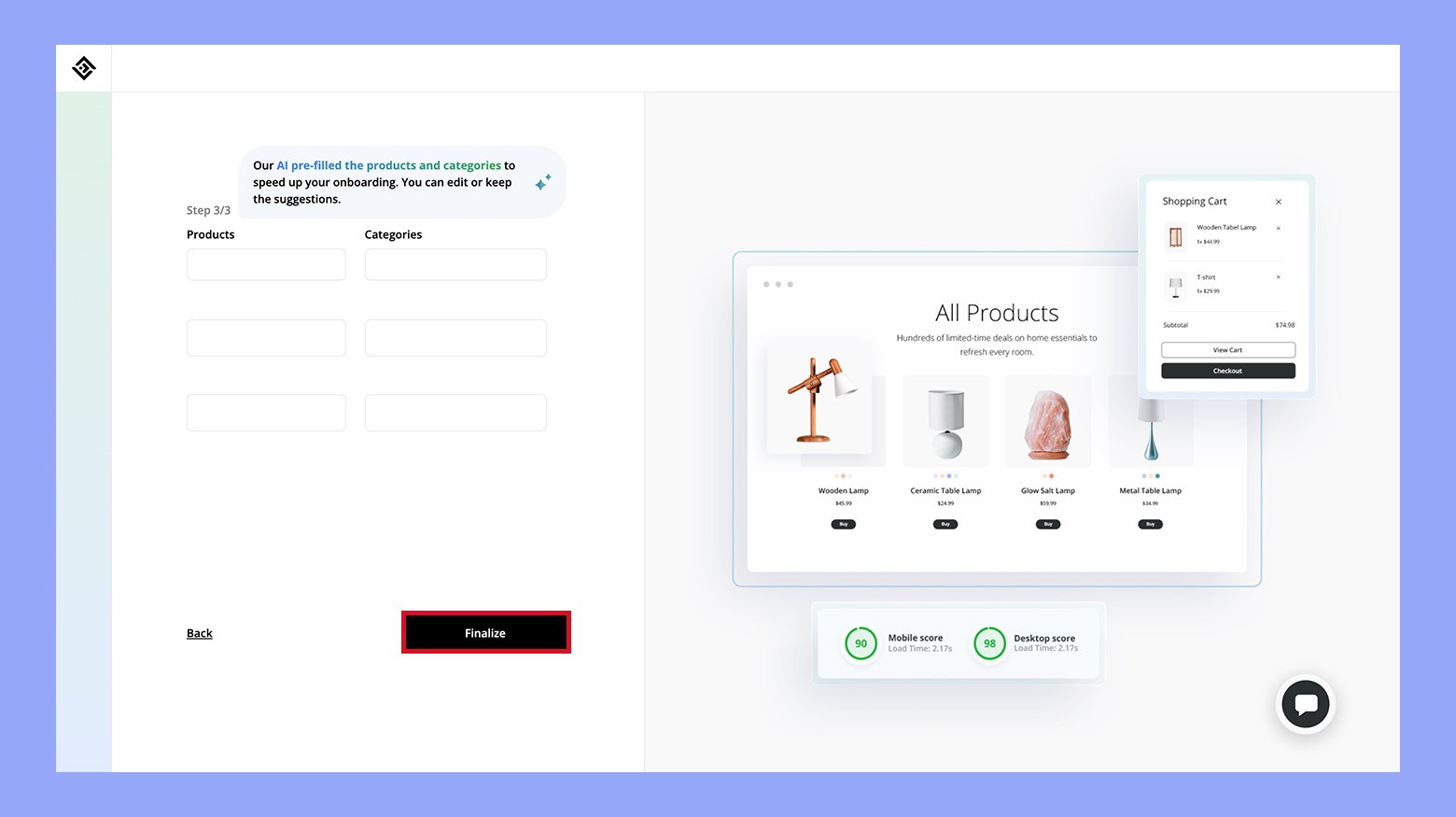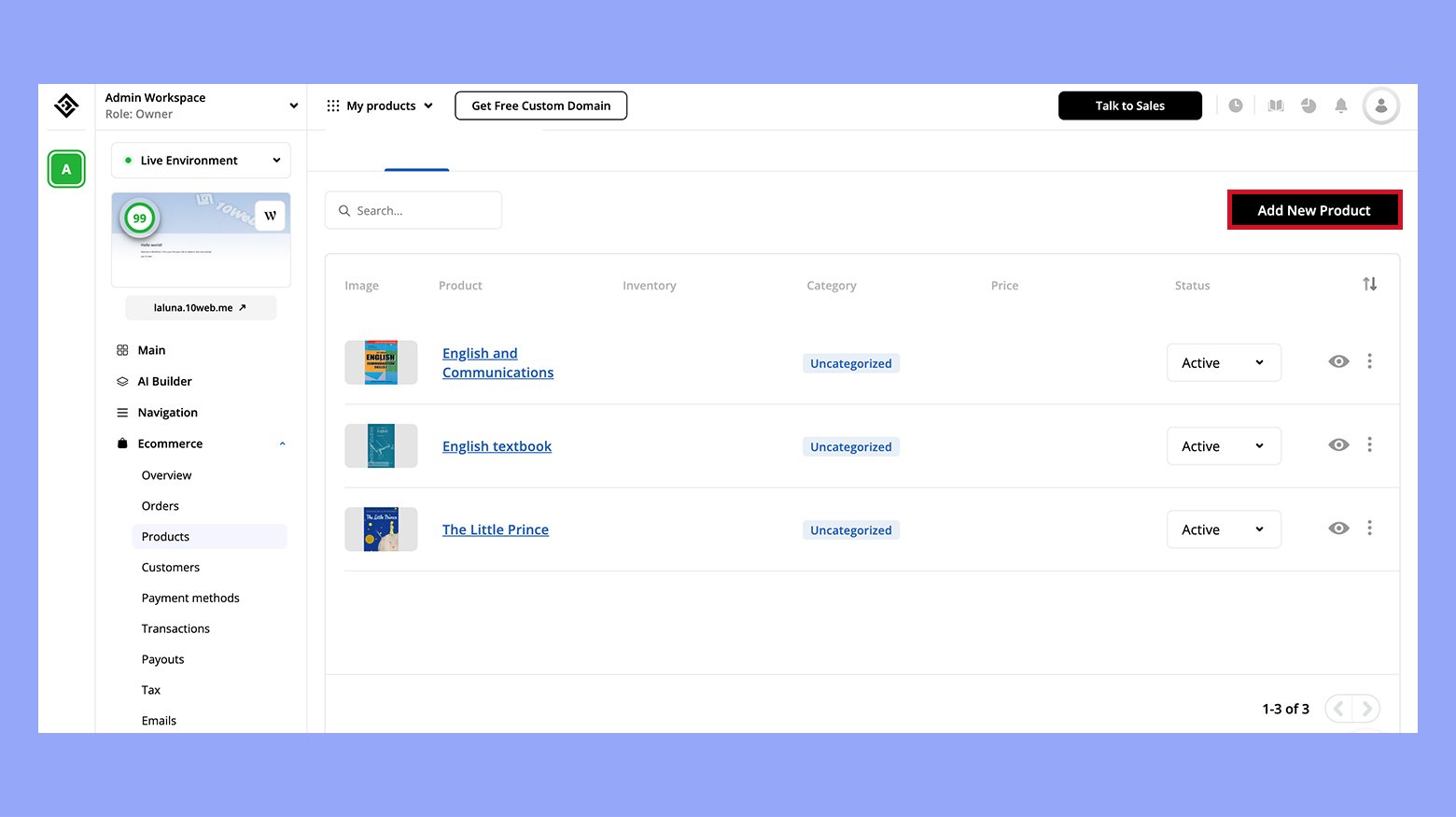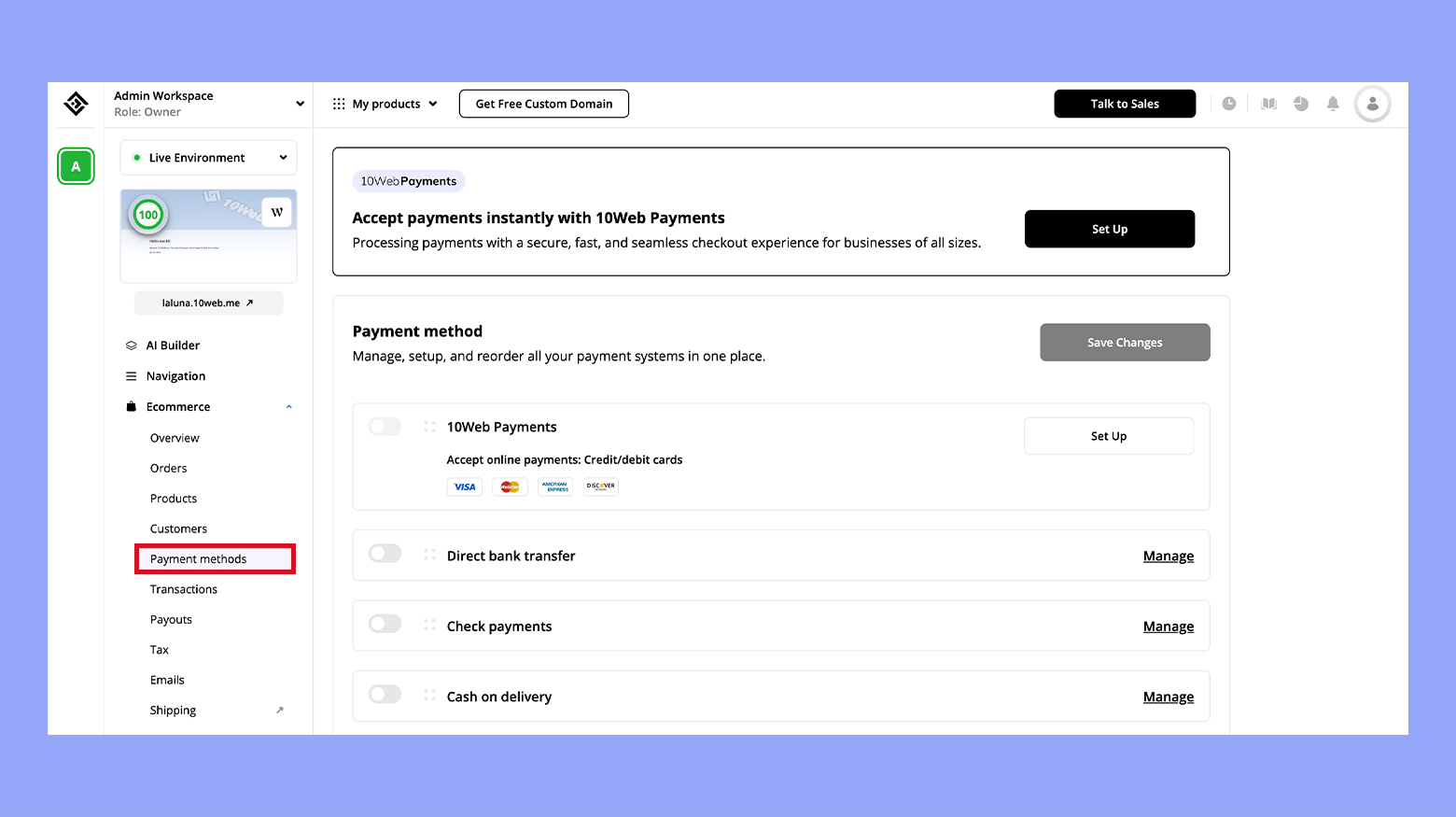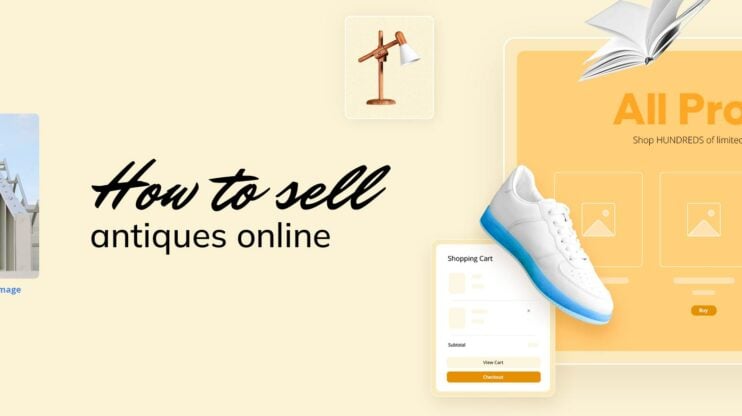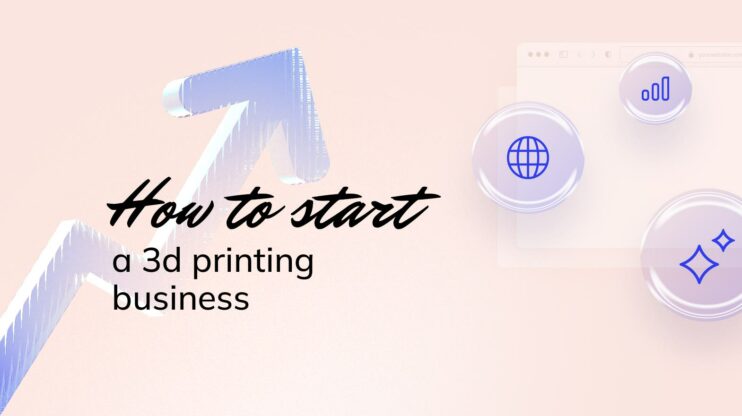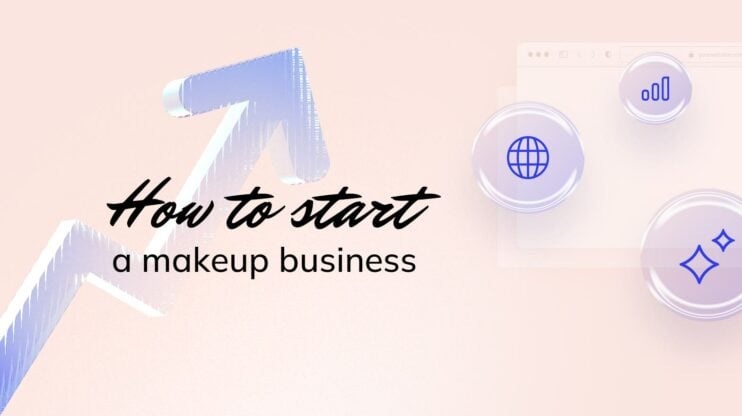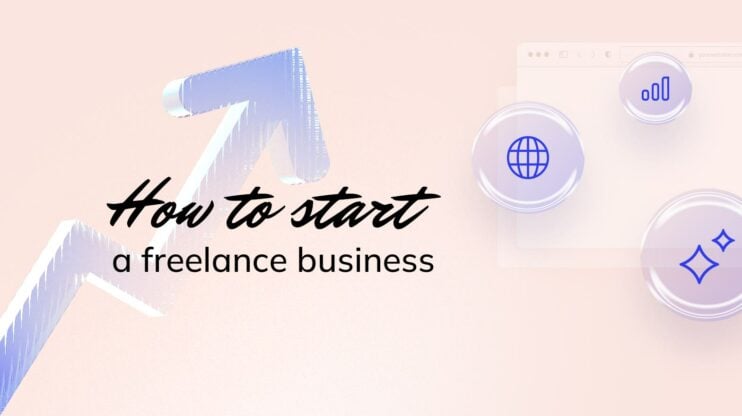The online market for selling textbooks is a dynamic and rapidly evolving space, driven by emerging trends, financial growth, and specialized segments. As digital textbooks and buyback programs gain popularity, students increasingly turn to online platforms to find, sell, and rent textbooks. This article explores these trends, market projections, and niche opportunities that can help both buyers and sellers maximize their benefits in this lucrative market.
FAQ
What is the best website to sell textbooks?
- BookScouter: Allows you to compare buyback offers from multiple vendors, ensuring you get the best price.
- Amazon: Has a vast customer base and provides robust selling tools, including Fulfillment by Amazon (FBA) for easier shipping.
- Chegg: Known for hassle-free shipping and fair prices, making it a convenient option for many sellers.
- eBay: Offers the flexibility of auction-style listings, which can be beneficial for rare or niche textbooks.
- AbeBooks: A reliable platform for selling used and rare books, often providing competitive prices.
Who pays most for textbooks?
- BookScouter: By comparing offers from various buyback vendors, you can find the best deal for your textbooks.
- Amazon: Often offers competitive prices, especially for high-demand textbooks.
- Chegg: Provides fair and consistent pricing, with the added convenience of free shipping.
- TextbookRush: Known for fast payment and a user-friendly interface, often offering good prices for textbooks in demand.
Is it legal to resell books online?
Are old college textbooks worth anything?
- Subject Matter: Textbooks in evergreen subjects like mathematics, classic literature, or certain scientific fields may retain value.
- Edition and Condition: Newer editions in good condition generally fetch higher prices. However, even older editions might be sought after if they are required for certain courses.
- Niche Content: Textbooks for specialized fields like medical, law, or technical subjects can be worth more due to their specific content.
- Collectibility: Some old textbooks may have value as collector’s items, especially if they are rare or have historical significance.

Current online textbooks selling market
The online market for selling textbooks is continually evolving with new trends, financial growth projections, and specific market segments. Buyers and sellers need to understand these facets to maximize their profits and provide the best value for their customers.
Trends within the market
You can see many trends in the online textbook selling market. Digital textbooks are growing in popularity, and buyback programs are being used more frequently. Trends also show that more students prefer to search by ISBN to ensure they get the exact textbook they need.
Price comparison tools enable students to compare buyback prices from different vendors. Price alerts notify students when buyback prices change, helping them sell their textbooks at the best time. The convenience and transparency of online marketplaces continue to drive the market’s growth.
Financial projections of the market
The online textbook market is expected to grow steadily over the next few years. Analysts predict that buyback prices will remain competitive as more students opt to sell their textbooks online. Sites like ValoreBooks and AbeBooks make the financial aspect attractive for students by offering different payment options.
Projected growth is also tied to the increasing number of students opting for online education and purchasing necessary textbooks remotely. The ability to compare textbook buyback prices will remain crucial for both buyers and sellers, ensuring that the market remains fluid and adaptable to changing financial landscapes.
Specialized segments of the market
Certain market segments are seeing specialized growth. Niche textbooks for subjects like medical, law, and technical fields often fetch higher buyback prices due to their specialized content. Websites like eCampus allow users to set their own prices, catering to unique and valuable textbooks.
Another important segment is the market for international editions of textbooks, which might be cheaper for students but still valuable for resale. Buyback vendors focusing on these specialized niches provide better pricing and specific services, ensuring students in these fields maximize their returns.
eBooks and digital textbooks
Ebooks and digital textbooks are growing in popularity because they are easy to access and often cost less than printed versions. You only need a device like a tablet, laptop, or even a smartphone to read them. They are also searchable, which can save you time when studying. Some platforms even offer interactive features like quizzes and annotations.
You can find digital textbooks on various websites like Kindle, Google Books, and Chegg. Ebooks are generally more portable since you can carry a whole library in one device. Plus, many digital textbooks allow you to highlight and take notes directly in the text. This can make studying and revisiting key points much easier.
Renting vs. selling your textbooks
Renting textbooks can be a smart option if you only need the book for a short period. Sites like Chegg, Amazon, and CampusBooks offer rental services. Renting can save you a lot of money upfront because you only pay for the book temporarily. Just make sure to return the book on time to avoid late fees.
Selling your textbooks can be more beneficial if you want to make some extra cash. Websites such as BookScouter, AbeBooks, and eBay allow you to sell your used textbooks. By comparing prices on these sites, you can get the best deal. Keep your books in good condition to fetch a higher price and always check the shipping costs to ensure they don’t eat into your profits.
What is textbook buyback
When selling textbooks online, you need to know the basics of textbook buyback, how prices are determined, and the importance of the condition of your books. Here are key points to help you get the most money for your textbooks.
The basics of textbook sell-back
Selling your textbooks back is a simple process, especially online. There are many websites and services that offer textbook buyback programs. BooksRun, Chegg, and Textbooks.com are a few examples.
- Find a buyback service: Look for a site that offers buyback programs, preferably one that provides free shipping labels.
- Get a quote: Enter the ISBN number of your book to get an instant quote. The price offered will depend on current demand and market value.
- Ship your books: After getting your quote, print out a free shipping label and send your books to the buyback service.
- Receive payment: Once the service receives and checks your books, you get paid, usually via PayPal, check, or direct deposit.
Determining buyback prices
Buyback prices for textbooks vary widely and depend on several factors.
Demand: High-demand textbooks fetch higher prices. Popular subjects like science and math usually have better resale value.
Specific Editions: Newer editions are typically worth more than older ones. Ensure you’re selling the latest version to get the highest price.
ISBN: Your textbook’s ISBN is crucial when getting a quote. It ensures you’re getting a price for the exact edition of the book you have.
Market conditions: Prices change based on the time of year. Back-to-school seasons might offer higher buyback prices.
Textbook conditions and value
The condition of your textbooks plays a critical role in determining their buyback value.
Good condition: Textbooks without damage, markings, or missing pages get the best prices. Minimal wear and tear are usually acceptable.
Acceptable condition: Some wear and tear is fine, but excessive damage reduces value considerably. Highlighted text or notes may be allowed, but it’s best to check the buyback service’s criteria.
Unacceptable condition: Books with water damage, missing pages, or severe tearing aren’t usually accepted for buyback. Always try to keep your textbooks in good condition to ensure you get the most money when you sell them.
By understanding these key points, you can effectively navigate the process of selling your textbooks online and receive the best possible returns.
Preparing your textbooks for sale
Before selling your used textbooks, it’s important to make sure they are in the best condition possible. This includes assessing and repairing any minor damages, as well as cleaning and caring for your textbooks.
Assess and repair minor damages
- Inspect the book Examine every part of the book, including the cover, spine, and pages. Look for any tears, creases, or loose pages.
- Fix small tears Use clear tape to mend small tears on the page edges. Be gentle to avoid causing more damage.
- Reattach loose pages If pages are coming loose, use a small amount of glue to reattach them securely. Be sure not to use too much, as it can cause the pages to stick together.
- Check the spine If the spine is damaged, carefully apply bookbinding glue to reinforce it. This helps to keep the pages intact and the book durable.
- Tighten any loose binding For minor binding issues, consider using rubber bands or clamps while the glue dries to ensure it sets properly.
Cleaning and caring for your textbooks
- Remove dust and dirt Gently wipe the book cover and pages with a soft, dry cloth. This will remove surface dust without damaging the book.
- Clean the cover Use a slightly damp cloth to clean the book cover. Avoid using too much water as it can cause warping or stains.
- Handle with clean hands Always wash your hands before handling the textbooks to avoid transferring oils or dirt.
- Keep it dry Ensure the book is stored in a dry place to prevent any moisture damage. Avoid areas with high humidity.
- Avoid direct sunlight Store your textbooks out of direct sunlight, which can fade covers and pages over time.
Taking these steps will help maximize the value of your textbooks and make them more appealing to potential buyers.

Looking to sell online?
Create your custom online store in minutes with 10Web AI Ecommerce Website Builder and take your business online.
How to sell textbooks online
Selling textbooks online can be a great way to earn some extra cash. Whether you’re a student who has finished a semester or someone looking to declutter, this guide will help you sell your textbooks easily and profitably. Follow these steps to get started and maximize your earnings.
Brand creation
Creating a brand sets you apart from other sellers. Your brand should reflect your values and what you’re selling. Choose a name that’s memorable and easy to spell. Create a logo to make your listings more professional.
Make sure your brand looks consistent across all platforms. Use the same colors, fonts, and style in all your listings. This makes it easier for buyers to recognize you, building trust and increasing sales.
Vision
Having a clear vision helps guide your efforts. Know why you’re selling textbooks. Is it to make extra money or to help others find affordable books? Define your goals and how you plan to achieve them.
With a clear vision, you can stay focused and motivated. It helps you make decisions that align with your ultimate aim, whether that’s expanding your business or maintaining a steady income from selling books.
Market research
Research helps you understand what books are in demand and how much they sell for. Use websites like BookFinder.com to compare prices. Look at what other sellers are doing and how they price their books.
Check the most popular platforms and see what types of textbooks sell best. Identify trends and patterns, such as which subjects or editions are currently popular. This information can help you price your books competitively.
Writing a business plan
A business plan outlines your strategy and goals. Include sections on your brand, vision, and market research. Detail your pricing strategy, where you’ll sell your books, and how you’ll handle shipping.
Specify how you’ll attract buyers. Will you use social media, paid ads, or rely on organic traffic? Include a budget for any expenses such as listing fees or shipping costs. A written plan keeps you organized and on track.
Choosing the right online platform to sell textbooks
When selling textbooks online, picking the right platform is crucial. Your choice impacts your target audience, fees, and ease of use.
Comparing online marketplaces
Online marketplaces like Amazon, eBay, and Facebook Marketplace are popular choices for selling textbooks. Each has its own advantages:
- Amazon: Known for its vast customer base and Fulfillment by Amazon (FBA) service. This can make shipping and handling easier but comes with fees.
- eBay: Offers auction-style listings, which can be good for rare textbooks. Fees are generally lower than Amazon’s, but selling might take longer.
- Facebook Marketplace: Free to use and easy to list items. Great for local sales, which can help you avoid shipping costs.
Understanding buyback vendor options
Buyback vendors can be a simple way to sell textbooks quickly. Below are some companies that offer textbook buyback services:
- BookScouter: Lets you compare offers from multiple vendors. This ensures you get the best price for your books.
- Chegg: Offers hassle-free shipping and fair prices. Their process is streamlined, making it convenient.
- TextbookRush: Known for fast payment and a user-friendly interface. Provides a prepaid shipping label, reducing your costs.
Using buyback vendors is ideal if you want to sell quickly without dealing with individual buyers.
Selling textbooks on your own ecommerce website
The 10Web platform offers a range of tools and templates, allowing you to set up a professional ecommerce site quickly, even without any coding knowledge.
Utilize the AI builder to customize your site effortlessly, ensuring it meets all your needs. Make sure to list all your textbooks with detailed descriptions and high-quality images. Include the ISBN numbers, condition, and any specific editions. Offer free shipping or flat-rate shipping to attract more buyers. Use PayPal for secure payments and easy transactions.
Take advantage of SEO tools to make your site visible in search engines. This way, potential buyers can find your books more easily.
To get started:
- Go to 10Web
- Click on Generate your website
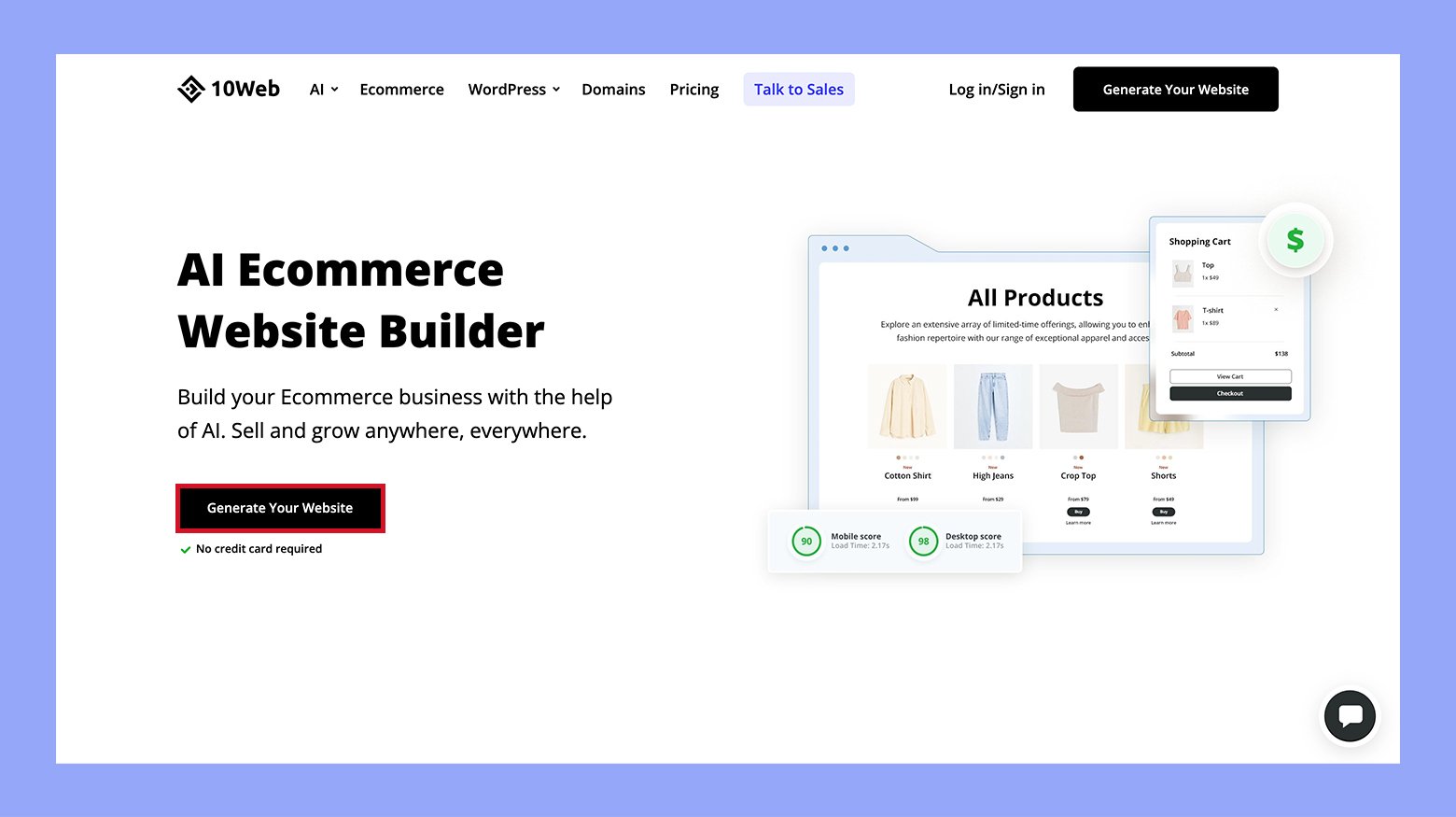
- From the options, choose Create a new website with AI

- Choose the option to create a website with an online store

- Enter your business type

- Fill in the name of your business and a short description. You can enhance the description using AI.

- Choose Yes to get a domain or click No if you have one already
- Enter your domain name if you have chosen No (optional).
- Click Next
- Set the 3 main products and categories. This section is pre filled by AI, however, you can edit it as needed

- Click Finalize to create your website
Once your website is created, you can start to populate your store right from the 10Web dashboard. Click on the Ecommerce tab to the left of your 10Web dashboard to get started.
- Click on Products > Add New Product

- Fill in all the information about the textbook you are selling
- Add quality images and proper descriptions
- Make sure to assign it categories and subcategories.
- Include shipping information and costs.
- Once you are done filling in all the information, click Create to add the product to your shop.
Listing your textbooks
When listing your textbooks, it’s crucial to create detailed and accurate descriptions and set competitive prices. These steps will help attract buyers and make your sale successful.
Writing effective descriptions
An effective description can make or break your listing. First, include the book title, author, and edition. Use bold text for these details: Title, Author, Edition.
Next, add the ISBN number to confirm you’re selling the correct version. ISBNs are essential for textbooks.
Describe the book’s condition honestly. Mention any highlights, notes, or damage. Be transparent about wear and tear to avoid returns or unhappy buyers.
List any extra material included—CDs, code access, study guides. These can increase the book’s value.
Here’s a sample format:
- Title: Mathematics for Engineers
- Author: John Doe
- Edition: 3rd
- ISBN: 1234567890123
- Condition: Good, minor highlights on a few pages
- Extras: Includes access code
Setting competitive prices
Pricing your textbook right is key. Start by researching similar listings on multiple platforms like Amazon, eBay, and BookScouter. Compare the prices of books in similar condition.
Create a balance between fair pricing and profit. If your book is in better condition, you can price it slightly higher. For damaged or older editions, consider pricing lower.
Look at completed sales to see what buyers are actually paying. Use this data to set a competitive price.
Steps to set a competitive price:
- Research similar book listings.
- Compare prices for similar conditions.
- Check completed sales for realistic pricing.
- Adjust your price based on the current market.
Marketing your textbooks online
Using social media and building a trustworthy reputation can boost your textbook sales.
Utilizing social media for sales
Social media platforms are powerful tools for selling textbooks. Start by creating profiles on popular sites like Facebook, Instagram, and Twitter. Use these platforms to showcase your textbooks with quality photos and detailed descriptions.
Engage with your audience by posting regularly and responding to comments and messages quickly. Join groups or forums related to education and textbooks. Share useful information, participate in discussions, and subtly mention your books.
Paid advertising on social sites can also increase visibility. Facebook Ads and Instagram Ads allow you to target specific audiences, such as students or educators, increasing your chances of reaching potential buyers.
Building trusted seller reputation
Building trust as a seller is crucial for online success. First, provide accurate descriptions and clear photos of your textbooks. Ensure that the condition of the book matches the description to avoid any disappointments.
Prompt communication is vital. Answer questions from potential buyers quickly and politely. Offer fair pricing and be transparent about shipping costs and delivery times.
Encourage satisfied buyers to leave positive reviews and ratings. Display these testimonials prominently on your profile or listings. Respond to any negative feedback professionally and try to resolve issues to maintain a good reputation.
By being honest and reliable, you can build a loyal customer base and attract more buyers.

Looking to sell online?
Create your custom online store in minutes with 10Web AI Ecommerce Website Builder and take your business online.
Logistics, payment, and payout for online selling
Selling textbooks online involves careful packing for shipment and understanding the costs and options for shipping. These logistics are essential for ensuring a smooth transaction and customer satisfaction.
Packing textbooks for shipment
Proper packing is crucial to ensure your textbooks arrive in good condition. Start by choosing a sturdy box that fits the book size without leaving too much space. If you are shipping multiple books, wrap each book separately in bubble wrap to avoid damage.
After wrapping, place the books in the box snugly, filling any gaps with packing peanuts or crumpled paper. This prevents movement during transit. Seal the box securely with strong packing tape, covering all openings and edges to ensure the box stays closed.
Finally, label the package clearly with both the sender’s and receiver’s addresses. Adding a “Fragile” sticker can also help prevent rough handling.
Understanding shipping costs and options
When it comes to shipping, knowing the costs and options available can save you money and time. Shipping costs depend on factors like package weight, dimensions, and destination. Research different carriers (such as USPS, UPS, FedEx) to compare rates.
Consider the different shipping speeds offered. Standard shipping is usually the cheapest but takes longer. Express shipping is faster but costs more. For valuable textbooks, opt for insurance and tracking to protect against loss or damage.
Many online platforms offer integrated shipping solutions with discounted rates. Evaluate if these options are beneficial for your needs. Flat-rate boxes from carriers can also be cost-effective for heavier books.
Carefully choosing your shipping method ensures you provide reliable service and manage your costs efficiently.
Payment and payout options
When selling textbooks online, understanding your payment options and knowing how to handle any issues that might arise are essential. Different platforms offer various methods for receiving payments and dealing with delays or disputes.
Choosing your preferred payment method
Different websites offer a variety of payment methods. PayPal is popular due to its ease of use and widespread acceptance. Direct bank transfers are also common and can be a reliable option. Some platforms may even offer paper checks or store credit, which you can use for future purchases.
Payment Methods:
- PayPal: Quick and easy but may have fees.
- Bank Transfer: Direct to your account; might take a few days.
- Paper Check: Takes longer but good for those without online banking.
- Store Credit: Useful if you plan to buy books from the same site.

Choosing the right payment method depends on your needs. Consider transaction fees, processing time, and convenience. Always review the platform’s policies to understand the pros and cons of each method.
Dealing with payment delay and disputes
Sometimes, payments can be delayed or disputed. It’s important to know how to handle these situations. First, check if the delay is due to normal processing times, which can vary by platform.
Steps to handle delays:
- Verify processing time: Different platforms have different payout schedules.
- Contact support: Reach out to customer service for clarification.
- Check account details: Ensure your payment information is correct.
Steps to handle disputes:
- Document everything: Keep records and screenshots.
- File a claim: Use the platform’s dispute resolution process.
- Follow up: Regularly check the status of your claim.
Understanding and managing these issues will help smooth your experience, ensuring you get paid promptly and correctly.
Maximizing Your Earnings
Maximizing your earnings from selling textbooks online involves strategic decisions. Utilize price alerts and tools like BookScouter and eCampus to compare buyback prices and sign up for notifications on price changes. Enter the ISBN into comparison tools and choose the best offers, setting competitive prices based on similar listings on Amazon and eBay.
Recognize peak buyback seasons, typically at the start and end of academic semesters, by monitoring university calendars. List your books a few weeks before the semester ends to capitalize on higher demand and better prices. Watch for special promotions during peak seasons for additional bonuses, ensuring you sell at the most favorable times and prices.
Legal and ethical selling
When selling textbooks online, it’s crucial to ensure that you’re abiding by copyright laws and maintaining transparent sales practices. This focuses on avoiding legal issues and being honest about your transactions.
Avoiding copyright issues
Selling textbooks, especially used ones, can raise copyright concerns. Make sure you own the textbook you want to sell. Don’t sell illegal copies or pirated versions. Always check the copyright page of the book for any resale restrictions. Public domain books and books with open licenses can be sold without issues.
Consider these steps to avoid trouble:
- Verify ownership of the book.
- Check for a resale license if applicable.
- Avoid photocopying or scanning books to sell in digital formats.
These simple steps help keep your transactions lawful and hassle-free.
Transparent practice in sales
Being transparent in your sales means providing clear and accurate descriptions of your textbooks. Honesty is key when it comes to the condition, edition, and any special features.
Follow these guidelines for transparency:
- Describe the condition honestly (e.g., “some highlighting” or “like new”).
- List the correct edition.
- Mention any extras, like CDs or access codes.
Transparency builds trust with buyers and ensures that your transactions are smooth and fair.
Staying informed and adaptive
Selling textbooks online requires staying on top of market changes and adjusting to buyer needs to get the best returns. Here are key strategies for staying informed and adaptive.
Keeping up with market trends
To sell textbooks successfully, stay aware of market trends. Platforms like AbeBooks and eBay frequently update with various book prices. Regularly check these updates.
Use sites like Amazon for price comparisons because they have a large and active marketplace. Watching the prices over time helps notice peak selling seasons, like back-to-school periods.
Make a habit of signing up for newsletters from major textbook resale sites. This provides updates on any fee changes, special promotions, or popular selling tips directly to your email.
Adapting to changing buyer demands
Buyers’ needs can change quickly. For instance, more students might prefer eBooks due to the rise of digital learning. To respond, sell both physical and digital versions of textbooks if possible.
Keep your listings detailed. Add relevant keywords, clear photos, and honest descriptions. This helps meet buyers’ expectations and makes your listings stand out.
Respond to buyer inquiries promptly and update your inventory to reflect current academic trends. Books used in new and popular courses have higher demand, ensuring you attract more potential buyers.
Conclusion
The online textbook market is dynamic, driven by trends like digital textbooks, buyback programs, and niche segments that influence its growth. Understanding these trends, including the importance of price comparison tools and the rising demand for digital formats, can maximize your profits. The market’s financial projections suggest continued growth, with specialized segments offering unique opportunities.
Whether renting or selling, knowing how to prepare, list, and market your textbooks, while navigating payment and shipping logistics, ensures successful transactions. Staying informed and adaptive to market changes and buyer demands will help you thrive in this evolving landscape, ultimately enhancing your financial returns and customer satisfaction.


